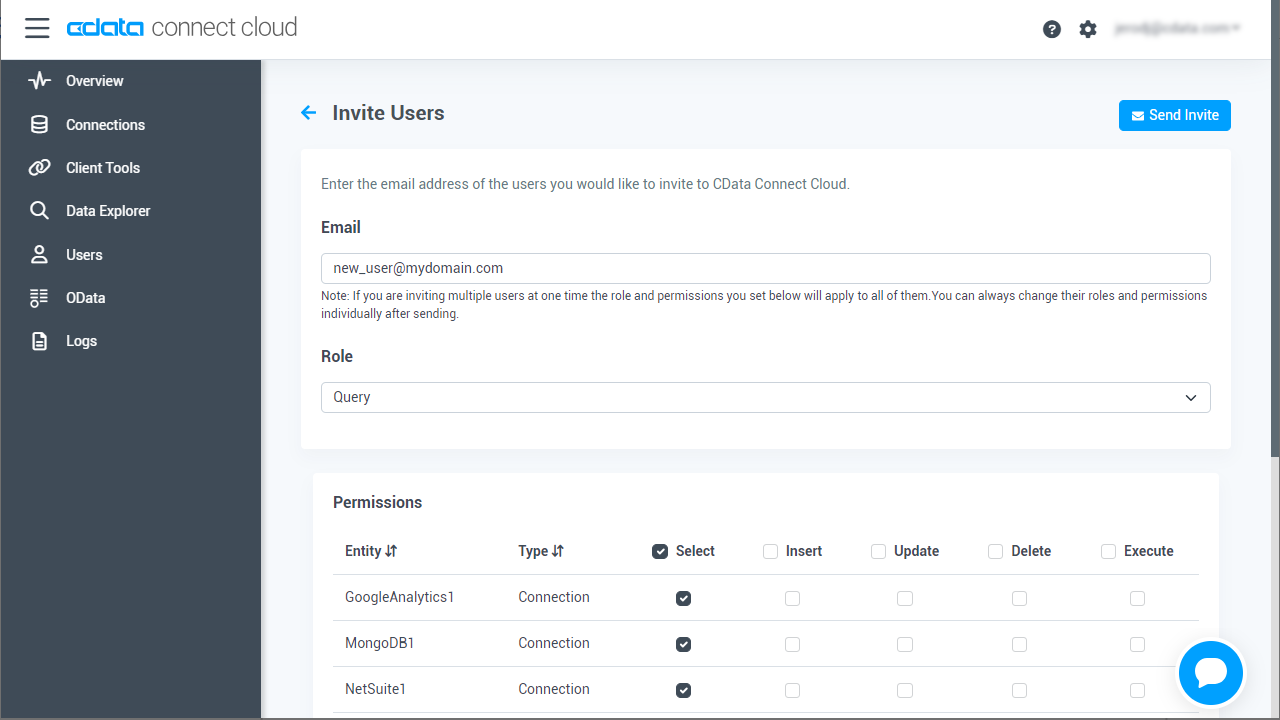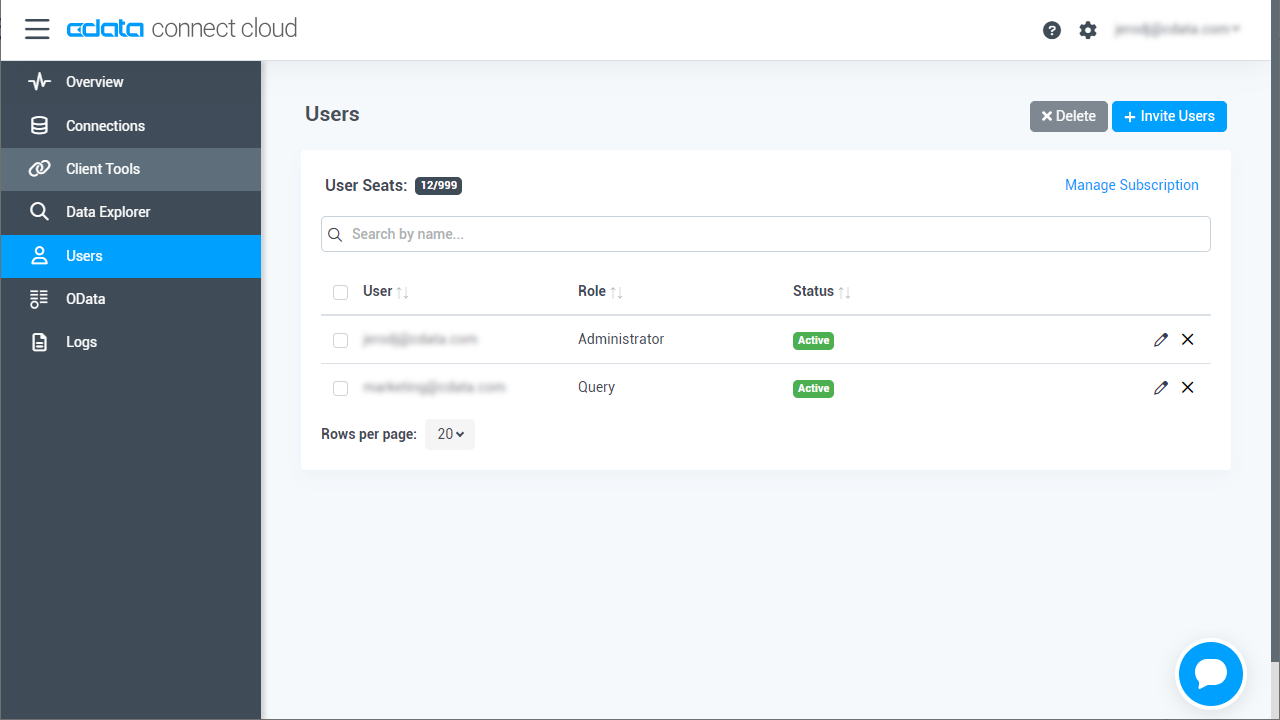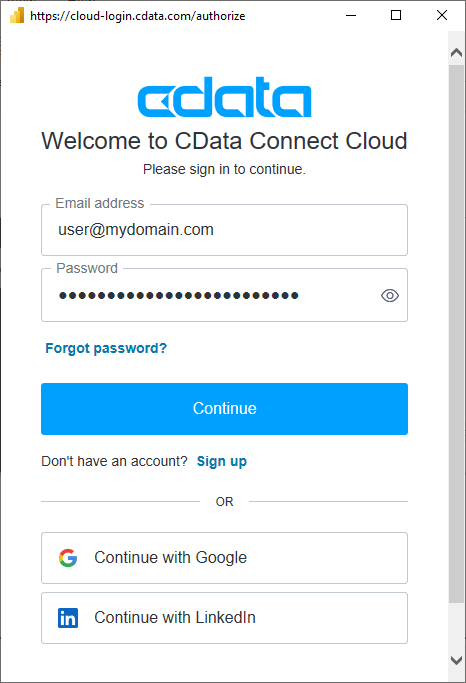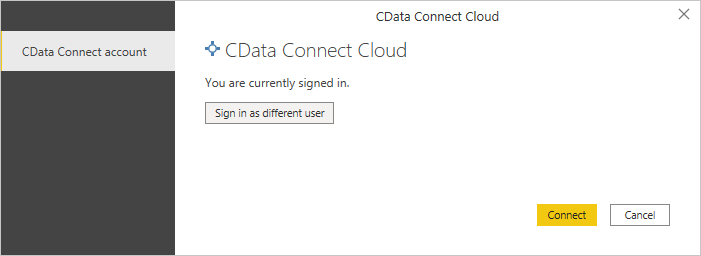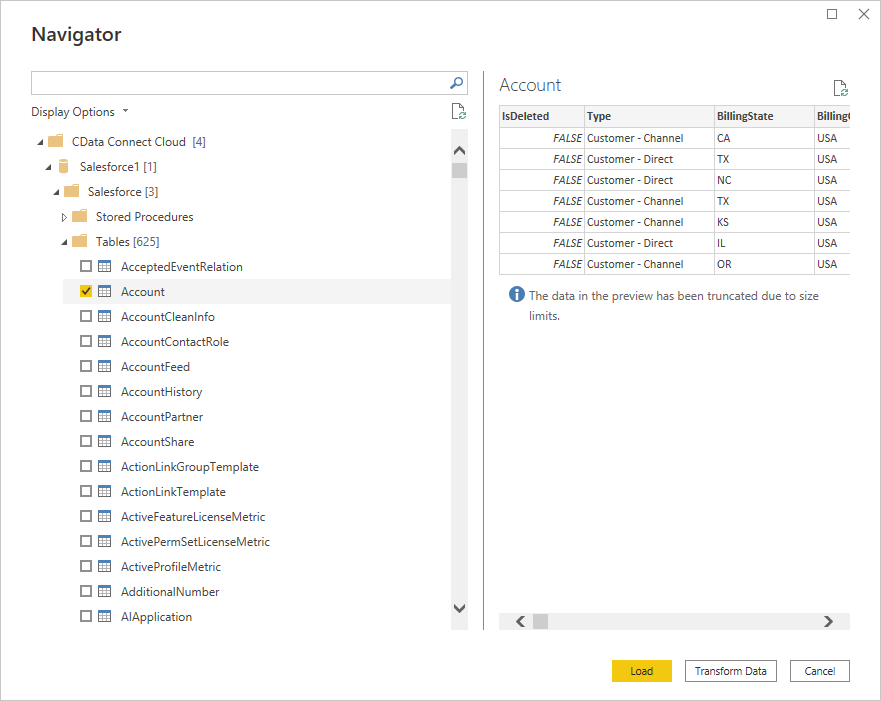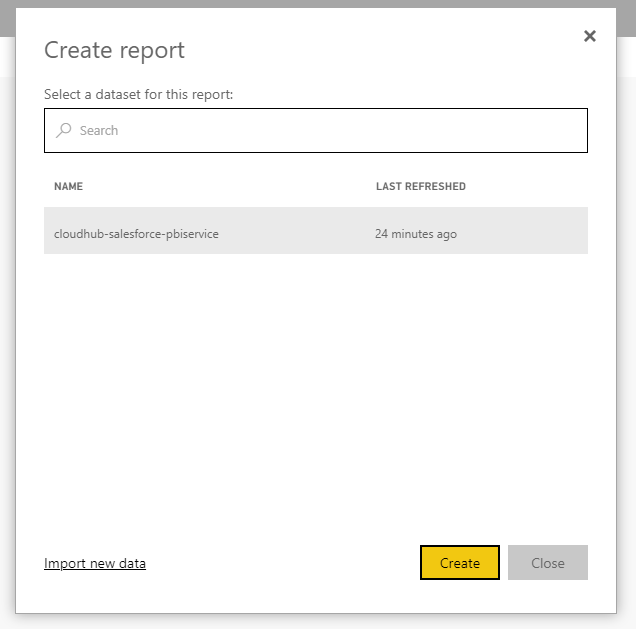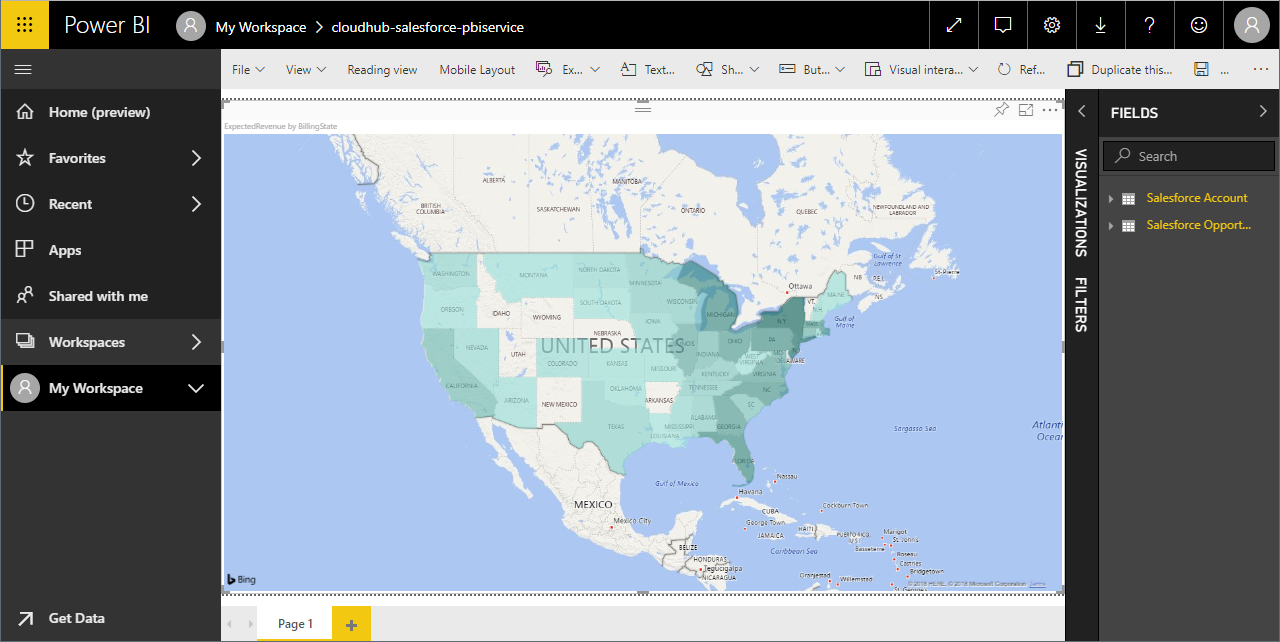Discover how a bimodal integration strategy can address the major data management challenges facing your organization today.
Get the Report →Import Azure Data Lake Storage Data into the Power BI Service for Visualizations
Use CData Connect Cloud to connect to Azure Data Lake Storage Data and provide access to live Azure Data Lake Storage data for custom reports in the Power BI Service.
Power BI transforms your company's data into rich visuals for you to collect and organize so you can focus on what matters to you. When paired with CData Connect Cloud, you get access to Azure Data Lake Storage data for visualizations, dashboards, and more. This article shows how to connect to Azure Data Lake Storage in CData Connect Cloud, publish a dataset from Power BI Desktop to the Power BI Service and then create reports on Azure Data Lake Storage data in the Power BI service.
Configure Azure Data Lake Storage Connectivity for Power BI Service
Connectivity to Azure Data Lake Storage from Power BI Service is made possible through CData Connect Cloud. To work with Azure Data Lake Storage data from Power BI Service, we start by creating and configuring a Azure Data Lake Storage connection.
(Optional) Add a New Connect Cloud User
As needed, create Users to connect to Azure Data Lake Storage through Connect Cloud.
- Navigate to the Users page and click Invite Users
- Enter the new user's email address and click Send to invite the user
![Inviting a new user]()
- You can review and edit users from the Users page
![Connect Cloud users]()
Connect to Azure Data Lake Storage from Connect Cloud
CData Connect Cloud uses a straightforward, point-and-click interface to connect to data sources.
- Log into Connect Cloud, click Connections and click Add Connection
![Adding a Connection]()
- Select "Azure Data Lake Storage" from the Add Connection panel
![Selecting a data source]()
-
Enter the necessary authentication properties to connect to Azure Data Lake Storage.
Authenticating to a Gen 1 DataLakeStore Account
Gen 1 uses OAuth 2.0 in Azure AD for authentication.
For this, an Active Directory web application is required. You can create one as follows:
To authenticate against a Gen 1 DataLakeStore account, the following properties are required:
- Schema: Set this to ADLSGen1.
- Account: Set this to the name of the account.
- OAuthClientId: Set this to the application Id of the app you created.
- OAuthClientSecret: Set this to the key generated for the app you created.
- TenantId: Set this to the tenant Id. See the property for more information on how to acquire this.
- Directory: Set this to the path which will be used to store the replicated file. If not specified, the root directory will be used.
Authenticating to a Gen 2 DataLakeStore Account
To authenticate against a Gen 2 DataLakeStore account, the following properties are required:
- Schema: Set this to ADLSGen2.
- Account: Set this to the name of the account.
- FileSystem: Set this to the file system which will be used for this account.
- AccessKey: Set this to the access key which will be used to authenticate the calls to the API. See the property for more information on how to acquire this.
- Directory: Set this to the path which will be used to store the replicated file. If not specified, the root directory will be used.
![Configuring a connection (Salesforce is shown)]()
- Click Create & Test
- Navigate to the Permissions tab in the Add Azure Data Lake Storage Connection page and update the User-based permissions.
![Updating permissions]()
With the connection configured, you are ready to connect to Azure Data Lake Storage data from the Power BI service.
Publish a Dataset from Power BI Desktop
Once you connect to Azure Data Lake Storage in Connect Cloud, you can create a dataset in Power BI desktop and publish the dataset to the Power BI service.
- Open Power BI Desktop and click Get Data -> Online Services -> CData Connect Cloud and click "Connect"
- Click "Sign in" and authenticate with your CData Connect Cloud account
![Authenticating with Connect Cloud]()
- After signing in, click "Connect"
![Connecting to Connect Cloud]()
- Select tables in the Navigator dialog
![The available tables. (Salesforce tables are shown)]()
- Click Load to establish the connection to your Azure Data Lake Storage data from Power BI
- Define any relationships between the selected entities on the Relationships tab.
- Click Publish (from the Home menu) and select a Workspace.
Build Reports and Dashboards on Azure Data Lake Storage Data in the Power BI Service
Now that you have published a dataset to the Power BI service, you can create new reports and dashboards based on the published data:
- Log in to PowerBI.com.
- Click Workspaces and select a workspace.
- Click Create and select Report.
- Select the published dataset for the report.
![Select a dataset]()
- Choose fields and visualizations to add to your report.
![Visualizing Azure Data Lake Storage data in the Power BI service]()
Live Access to Azure Data Lake Storage Data from Cloud Applications
Now you have a direct connection to live Azure Data Lake Storage data from the Power BI service. You can create more data sources and new visualizations, build reports, and more — all without replicating Azure Data Lake Storage data.
To get live data access to 100+ SaaS, Big Data, and NoSQL sources directly from your cloud applications, sign up for a free trial of CData Connect Cloud.






